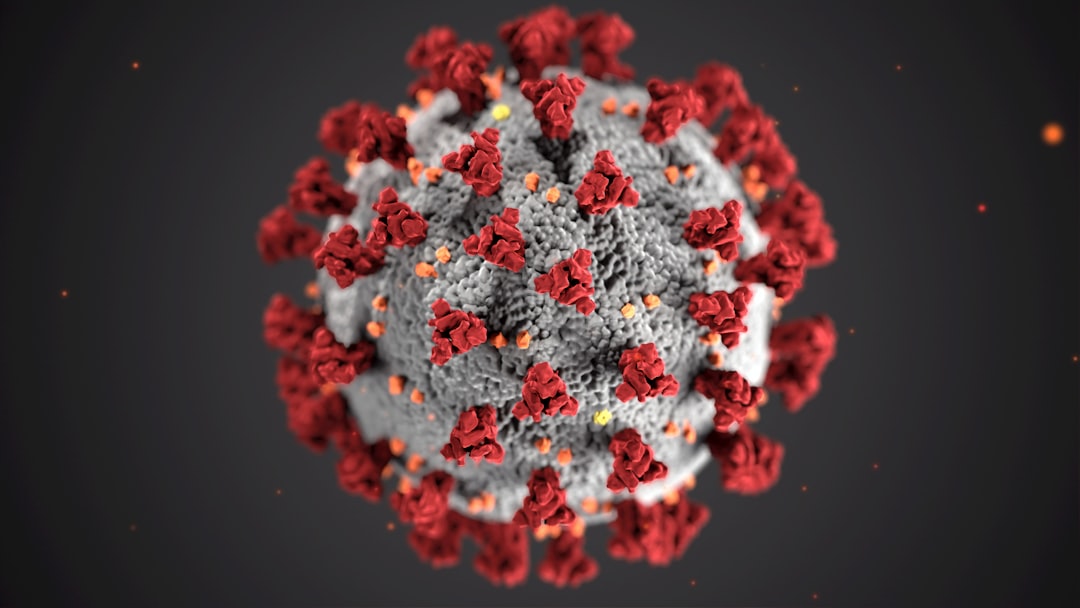What is it about?
We live in an age where travel is paramount. However, one of the most disabling conditions inherent to traveling is motion sickness. In this study, we describe the characterize the neuronal circuits involved in motion sickness and identify a key role for one type of neurons expressing a molecule known as cholecystokinin (CCK). We show that blockade of CCK signaling through one of its receptor (CCK-A) prevents motion sickness symptoms in mice, which can lead a a novel, non-drowsy, treatments for motion sickness.
Featured Image

Photo by Conor Luddy on Unsplash
Why is it important?
Our findings provide insight on a novel neuronal pathway involved in motion sickness, which may provide clues o the appearance, or susceptibility, of different people to motions sickness. Furthermore, our results provide clues on the use of CCK-A receptor drugs as novel treatment for motion sickness, which present several benefits compared to current treatments.
Perspectives
Everyone has experienced, at some point, motion sickness. Working on this study, which differs from main research focus in the lab, has allowed me to delve into the neuronal foundations of motion sickness. Understanding the basics of the brain circuitry involved has been an exciting journey, with potential therapeutic implications. If nothing else, I hope this article makes your head turn.
Albert Quintana
Universitat Autonoma de Barcelona
Read the Original
This page is a summary of: Vestibular CCK signaling drives motion sickness–like behavior in mice, Proceedings of the National Academy of Sciences, October 2023, Proceedings of the National Academy of Sciences,
DOI: 10.1073/pnas.2304933120.
You can read the full text:
Contributors
The following have contributed to this page










